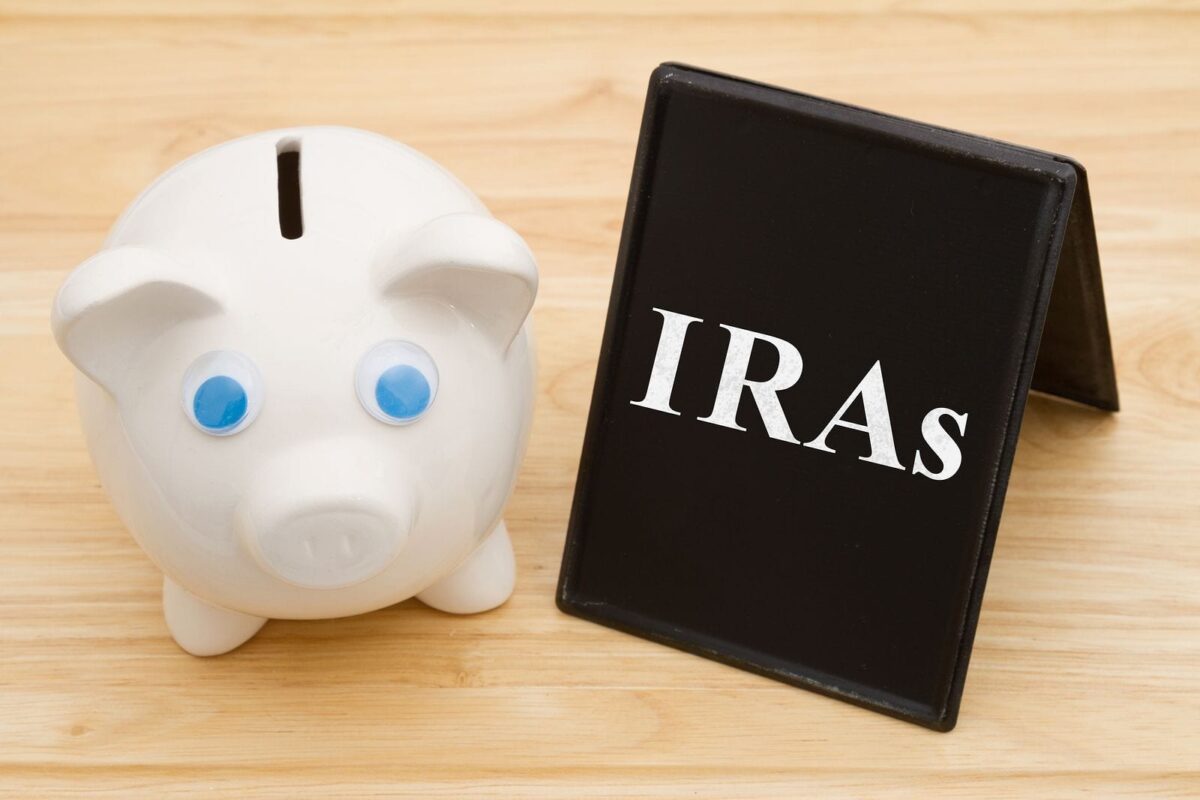No products in the cart.

Retirement is supposed to be a time of relaxation and enjoyment, but for many retirees, it can be a source of stress and anxiety. One of the biggest challenges for retirees is managing thier finances. With traditional pension plans becoming less common, many retirees must rely on their own savings, such as their 401(k) plan, to finance their retirement. And while the accumulation phase of saving for retirement can be difficult, it’s nothing compared to the challenges retirees face during the distribution phase.
As retirees begin to withdraw money from their savings to pay for their expenses, they must also contend with the possibility of cognitive decline. According to recent studies, over half of people in their 80s suffer from dementia or cognitive impairment without dementia. This can make managing finances a daunting task, leaving retirees vulnerable to financial fraud and mishandling of funds.
Fortunately, there is a solution: ‘dementia insurance.’ This concept, proposed by Harvard economist David Laibson, refers to the use of annuities to help protect retirees from poor financial decisions associated with dementia. An annuity is a financial product that provides a stream of income in exchange for a lump sum payment. By purchasing an annuity early in retirement, retirees can transform their savings into a stream of lifetime income, which can help simplify financial decision-making and protect against fraud.
The cheapest way to purchase the best annuity is to delay claiming Social Security benefits. For those with modest 401(k) balances, the ideal strategy may be to work as long as possible, then use 401(k) assets to pay for living expenses to delay claiming an extra two or three years. The Social Security annuity is indexed for inflation, which is a feature that is hard to find in the private market.
While the idea of purchasing an annuity may seem daunting, it’s important to remember that it can provide peace of mind and security during retirement. With the specter of cognitive decline looming, it’s crucial for retirees to plan ahead and take steps to protect their financial future. By considering the purchase of an annuity, retirees can enjoy their golden years with confidence and security. So, don’t wait any longer – start exploring your options for ‘dementia insurance’ today!
For more Healthy Money Tips Listen to our PodCast “Money 911” Subscribe to my Youtube channel youtube.com/@healthymoneyhappylife Sign up for a Financial Fitness Strategy Session at Meet with Kris Miller – Financial Fitness Strategy Sessions Go to my website healthymoneyhappylife.com Email me at Kris@HealthyMoneyHappyLIfe.com Call me at (951) 926-4158









